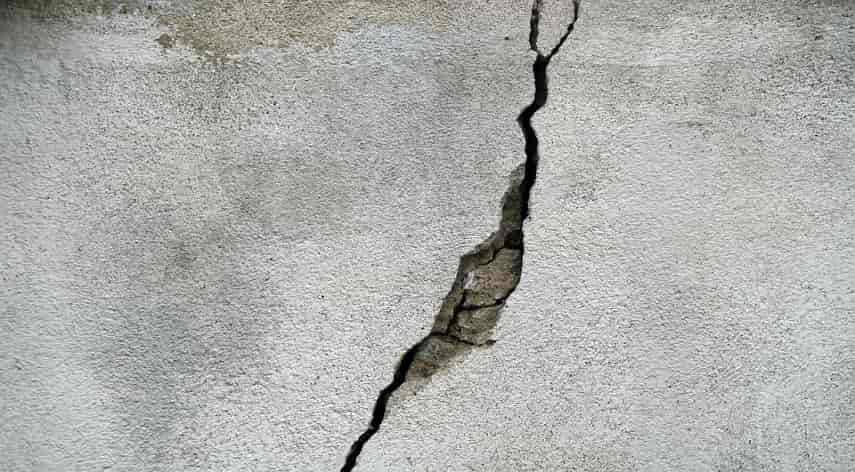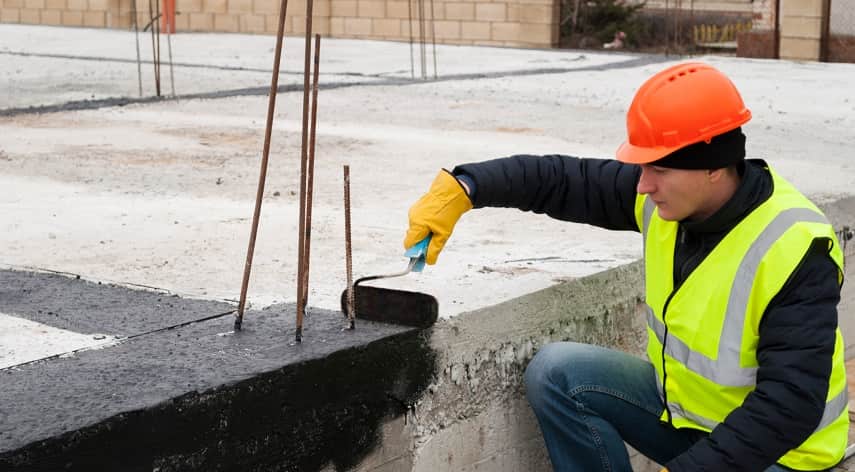Most Common Types Of Concrete Cracks

Concrete is one of the most used materials in the construction industry and is well-known for its strength and durability. However, over time, it develops cracks due to a variety of reasons, including regular wear and tear, and structural problems. While some cracks may be harmless, others could be serious. In this article, let’s explore some of the most common types of concrete cracks.
Table of Contents
Toggle1. Expansion Crack
When concrete is subjected to heat, it expands outward. But when it doesn’t get enough space to expand, concrete cracks are formed. This type of issue is mostly dealt with at the time of concrete planning and structure building. Usually, expansion joints are inserted between concrete slabs to absorb shocks or relieve the stress that is put on concrete due to expansion. They prevent from forming cracks. Expansion joints are generally made of rubber, asphalt, or lumber.
2. Plastic Shrinkage Crack
Prior to the hardening of the concrete mix, it is referred to as plastic. When cracks are formed on the concrete due to a high evaporation rate, it is called a plastic shrinkage crack. While these cracks are hardly visible, they actually extend through the entire thickness of the concrete. This type of crack generally occurs due to excess water in the concrete mix. Excess water causes more shrinkage of the concrete as it hardens and thus, cracks are formed. To prevent plastic shrinkage cracks, control joints are usually used.
3. Heaving Crack
Just as heat causes concrete to expand, cold causes it to shrink as well. Thus, during extreme freezing temperatures concrete slabs condense and again expand back when the temperature returns to warm. However, this shrinkage and expansion results in cracks which are known as heaving cracks. One way to prevent heaving cracks is to keep the concrete slabs free so that they can move with the ground. A homeowner can also use CRACKBOND® to repair the cracks.
4. Settling Crack
Settling concrete cracks occur when the ground below the concrete slab becomes void. The void can result due to cutting down big trees near the concrete construction or digging pipelines and not re-filling these. The weak ground under concrete construction fails to provide enough support and thus results in cracks.
5. Premature Drying
Premature drying is of two types- crazing cracks and crusting cracks. Premature drying occurs when the top layer of the concrete loses moisture more quickly that the entire concrete slab. Crazing cracks are formed when the top surface loses moisture too quickly. Very fine spider web structures are formed on the top surface and it does not harm the structure of the concrete.
Crusting cracks are formed at the time of the stamping process, which is a way to design the concrete surface after drying the top layer. Just like crazing cracks, this is also harmless for the strength of the concrete structure.
6. Cracks Due To Overloading
Although concrete is a strong material, they also have certain strengths. When you hear 2000 or 3000+PSI, it means that the concrete slab can take up to 2000 or 3000 pounds per square inch. Overloading the concrete slab can result in cracks.
After rain or when the ground is wet, overloading the concrete slab can cause the ground under it to press down and thus result in cracks. Cracks due to overloading are very common in driveways and parking spots.
Pankaj Majumder, a seasoned Civil Engineer, combines technical expertise with a passion for innovative infrastructure solutions. With a strong academic background and diverse project experience, he excels in creating sustainable and resilient structures that shape the future of urban development.
Recommended For You
Spread the loveWhile moving to your new city, there are a lot of things to be taken care of. Forgetting
Spread the loveHyderabad is a city that experiences heavy rainfall during the monsoon season. This can often lead to water
Spread the loveWelcome to your ultimate guide for finding and hiring the best commercial roof repair experts. If you’re facing





